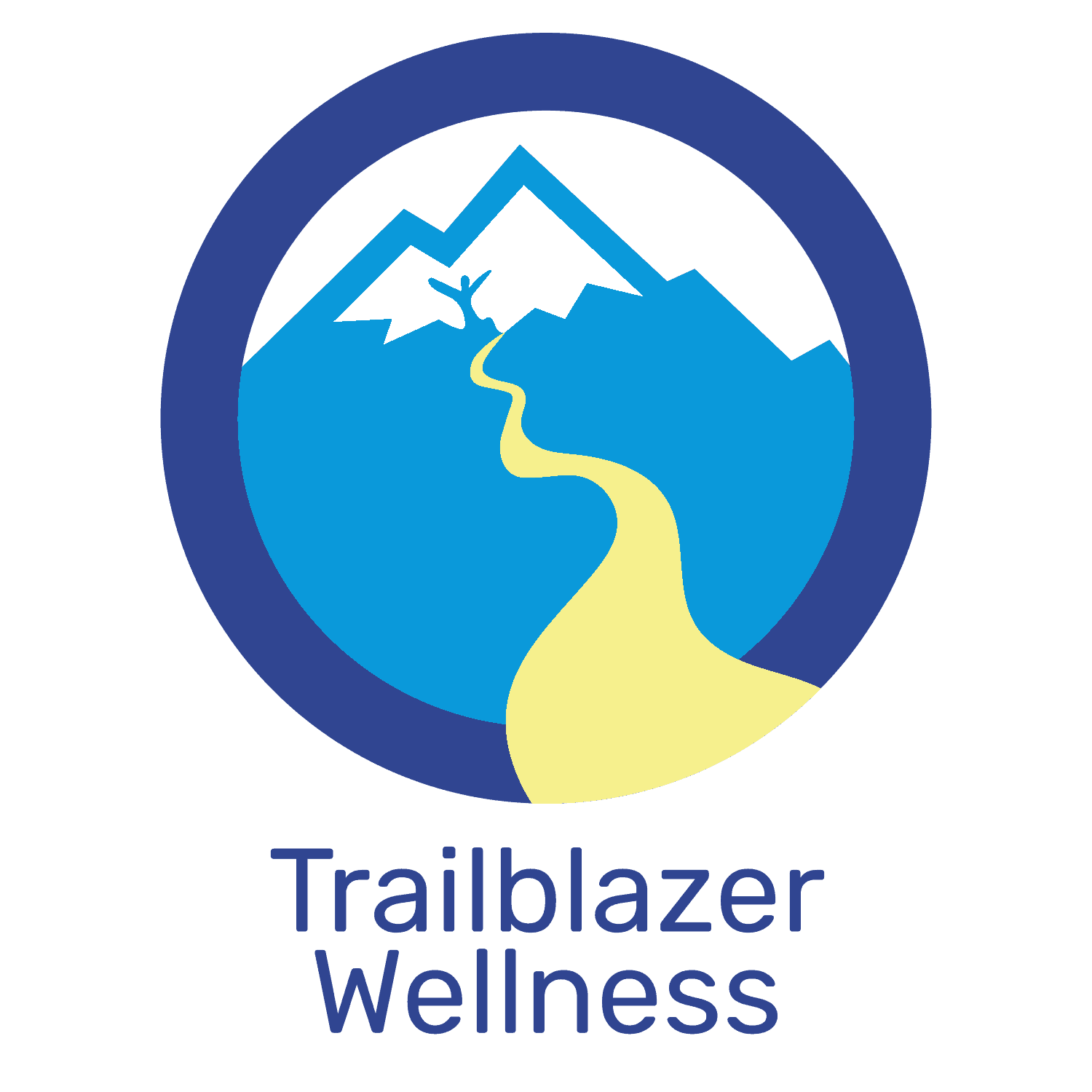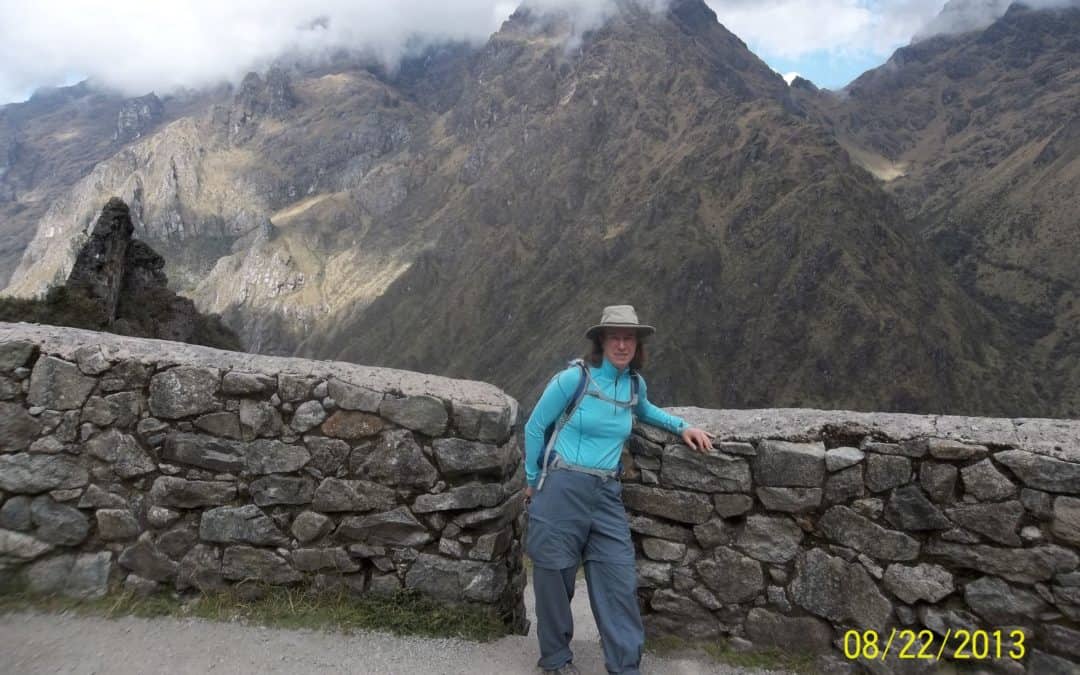What to bring so you have an amazing experience
If you’re the type who usually packs for a trip the night before you leave, it’s time to change that habit, at least when you pack for a multi-sport adventure trip. The sooner you start pulling together the items for your trip, the better it’ll will go when you get there.
You’ll probably get a packing list from your trip operator well in advance, though the level of detail varies by company. Not sure how to pick the best multi-sport trip? Consider these tips. While the location and activities on your trip will dictate the specifics, some considerations are consistent regardless of your destination.
If you need to get new footwear, clothing and/or gear, do your shopping at least 3 months in advance so you have a chance to test and exchange items as needed.
Clothing Materials
Of course, the types of clothing you’ll need will depend on the environment where you’re going. Certain fabrics and features work well in various environments though.
Merino wool – You’ll see this in clothing from head to toe, from hats to socks and just about everything in between. This is not the itchy wool like your childhood sweaters – its fibers are finer, therefore softer.
Merino wool is warm yet breathable, which means that sweat escapes through the fiber. And it also doesn’t get stinky – yay! It does come at a higher price than other fabrics, though. And it’s not as durable as some alternatives.
Synthetic fabrics – Many companies have developed proprietary blends of synthetic fabrics, often made from forms of polyester and nylon, that provide warmth and breathability for less money than Merino wool.
Again, this is not the polyester you remember from years back – it’s soft and comfortable. Although some synthetics do get smelly, other versions include anti-stink treatments, like weaving in silver strands to trap the odor-causing bacteria.
Blends – Several companies make clothing with a blend merino wool and synthetics to take advantage of the properties of each.
Not cotton – As you peruse the clothing in an outdoor store, you may notice the lack of good old cotton on the racks. That’s because it has many qualities that can be problematic in the outdoors – the primary one being that it retains water, both sweat from your body and from precipitation, and that will make you feel cold and clammy.
Clothing features
Features to look for in the clothing you take on a multi-sport adventure include:
- quick drying (especially for humid environments)
- wicking/breathable
- fitted yet flexible
Think about what clothing items you could wear in layers, which you can put on and take off as the temperature changes. Then try them on together – at home if you have them already, or at the store if you’re buying new items.
Wear the clothes you plan to take with you out on a walk or hike, and practice putting them on and taking them off. This will make you more comfortable and efficient on your trip!
Picking shoes and boots
This is literally where the rubber meets the road, or trail, or boat deck, or bicycle pedal. Again, what you need will depend on the types of activities you’re doing on the trip, so here are some general guidelines.
Go to a reputable store that specializes in the footwear you need, with knowledgeable staff and a good selection. Try to go during a time they aren’t busy (avoid weekends and sales) and spend as much time as you can trying on different footwear and walking around the store.
I put the staff at REI through their paces when I was shopping for new boots to hike the Inca Trail – and it was well worth it to find the boots I’d be wearing for 4 days in a row, for 8+ miles a day, over thousands of feet of elevation gain and loss.
Buy footwear at least 3 months before you go. This will give you time to get them broken in, and also give you time to figure out if you need to get something different.
If footwear isn’t feeling good after using it for at least an hour a few times, return it if you can. Even if you can’t return or exchange it, suck it up and buy something else – you’re spending a lot of money to have a great vacation, don’t jeopardize that fun with footwear that hurts.
Selecting a backpack
The size you’ll need will depend on how much you need to carry on your trip, but again, look for key features as you pick your pack.
Materials – Seek out packs made with lightweight and durable materials, even if you just need a daypack. The less weight you start with for your pack, the less weight you’ll be carrying around for your trip.
Pockets – Personal preference is a factor, as some people like to have things super organized. Then again, usually more pockets create more weight. Having at least a few pockets to have quick and easy access to key items – lip balm, sunscreen, snacks – can be handy.
Fit – Most pack styles come in at least two sizes, S/M and L/XL, and some have additional adjustment options in each size. Sizes are based on torso length, not overall height, and vary by manufacturer. Some manufacturers make women-specific packs – though don’t get too fixated on how a pack is “labeled,” focus on what fits.
Similar to footwear shopping, it’s best to go to a store with a wide selection and trained staff to get the right fit.
Contents – Bring what you plan to take on your trip with you when you’re shopping for a pack, so you can put it in and see how it feels before you buy. Walk around the store with the filled pack for at least 10 minutes.
Testing – Take the pack out on a few hour-or-more trial walks/hikes well before your trip – ideally, the same “test walks” you’re taking with your footwear. If the pack rubs you somewhere, feels awkward or otherwise isn’t working, return it and get another one.
Now you have some insights on what clothing and gear to pack. This really just scratches the surface, though, which is why there’s more detailed information on clothing and gear on https://trailblazerwellness.com (and, honestly, elsewhere on the Internet!).
And ultimately, what would be even more helpful is a customized version of this that’s specific to the trip you’re thinking about taking, or have already signed up to do. Contact me at becki@trailblazerwellness.com to ask questions and find out about getting personalized support for you and your travel companions.

